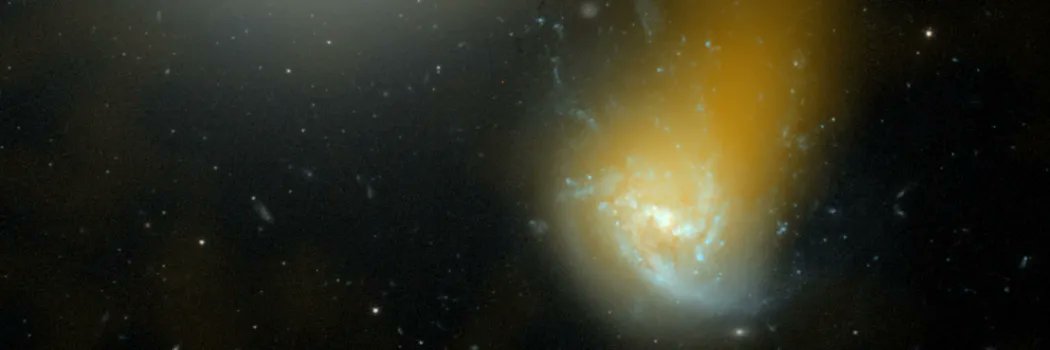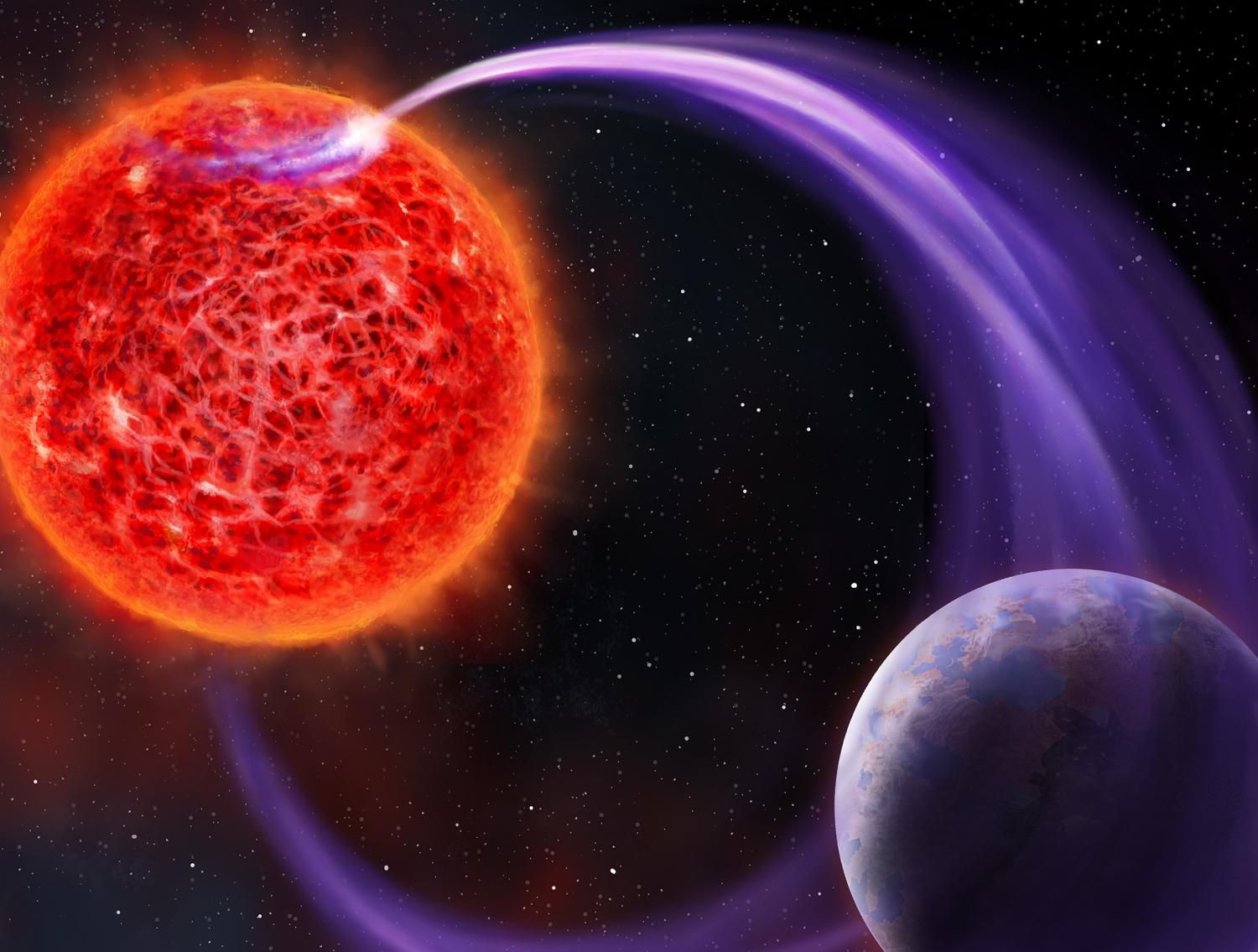Researchers at Penn State University have studied a new technique that could use a star’s ability to focus and magnify communications which could be passing through our own solar system, and has been accepted for publication in The Astronomical Journal and was part of a graduate course at Penn State covering the Search for Extraterrestrial Intelligence (SETI. The study describes our Sun as potentially acting as a kind of node as part of an interstellar communication network involving probes or relays near our Sun, acting like cellular telephone towers in space.
Continue reading “Snooping on Alien Messages Passing Through the Solar System”Comprehensive Sky Survey Finds Over a Million New Objects
In perfect viewing conditions, with good eyesight and clear, dark skies, the average person can see between 2,500 and 5,000 stars in the night sky. Add a telescope to the mix, and the number of visible objects in the sky explodes exponentially. For example, in 1995, the Hubble Space Telescope famously pointed its mirrors at a tiny piece of empty space – about 1/12th the size of the Moon – and revealed three thousand new objects crammed into that little area, most of them distant galaxies, offering a glimpse of the past stretching back to the early Universe. The astounding implication of the Hubble Deep Field image was that there are still billions of objects out there yet unseen by human eyes (or telescopes). Since then, the process of surveying deep space has been a massive ongoing undertaking, using all the tools available to us, from visible light telescopes like Hubble to infrared and radio telescopes. In a new data dump last week, a major radio sky survey, LOFAR, has revealed over a million new, never before seen objects in the night sky.
Continue reading “Comprehensive Sky Survey Finds Over a Million New Objects”Astronomers Detect the Closest Fast Radio Burst Ever Seen
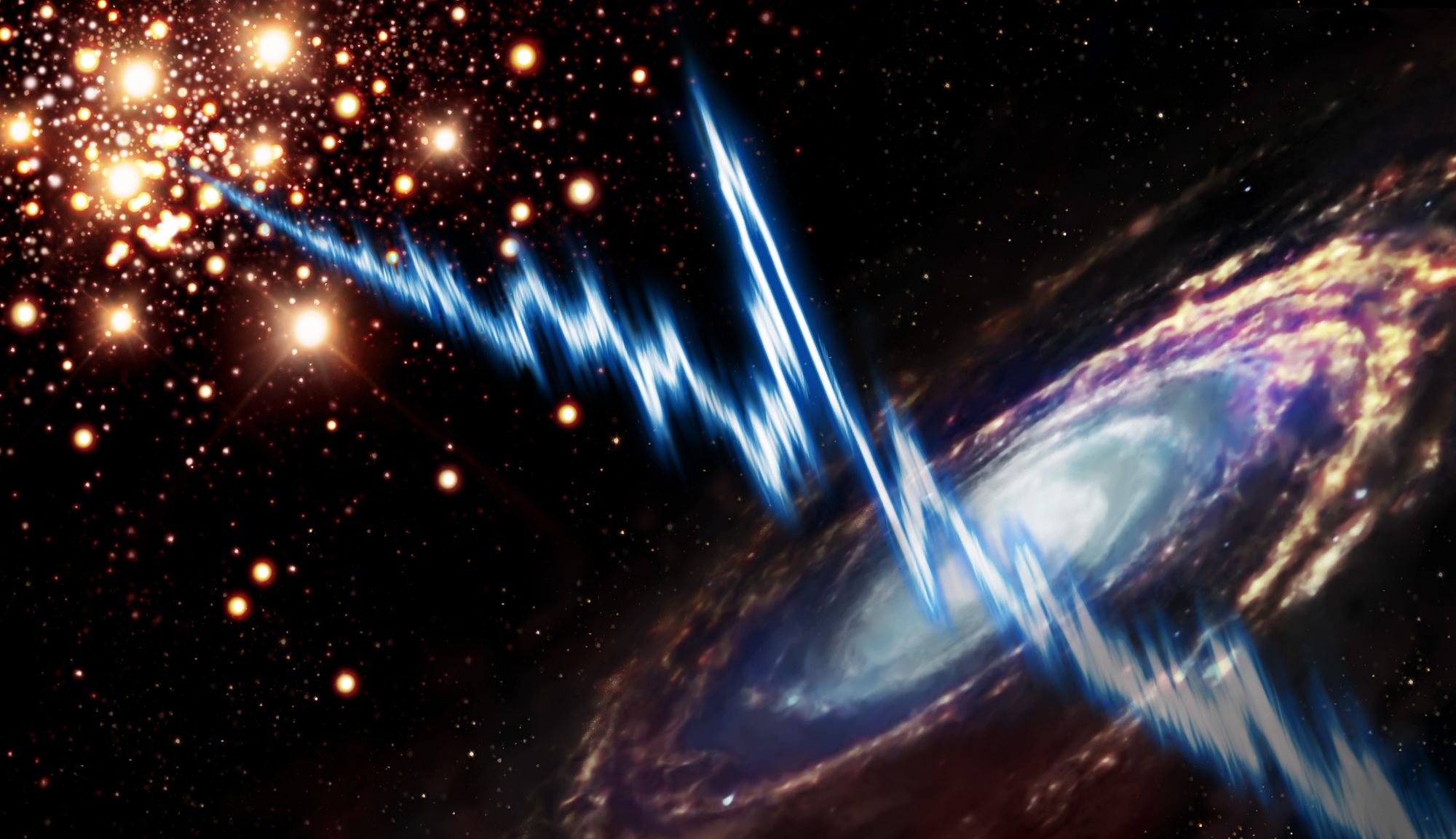
Fast Radio Bursts (FRBs) are among the top mysteries facing astronomers today. First discovered in 2007 (the famous “Lorimer Burst“), these energetic events consist of huge bursts of radio waves that typically last mere milliseconds. While most events observed to date have been one-off events, astronomers have detected a few FRBs that were repeating in nature. The cause of these bursts remains unknown, with theories ranging from rotating neutron stars and magnetars to extraterrestrials!
Since the first event was detected fifteen years ago, improvements in our instruments and dedicated arrays have led to many more detections! In another milestone, an international team of astronomers recently made high-precision measurements of a repeating FRB located in the spiral galaxy Messier 81 (M81)- the closest FRB observed to date. The team’s findings have helped resolve some questions about this mysterious phenomenon while raising others.
Continue reading “Astronomers Detect the Closest Fast Radio Burst Ever Seen”Imaging the Galaxy’s Centre in Unprecedented Detail Reveals More Mysterious Filaments
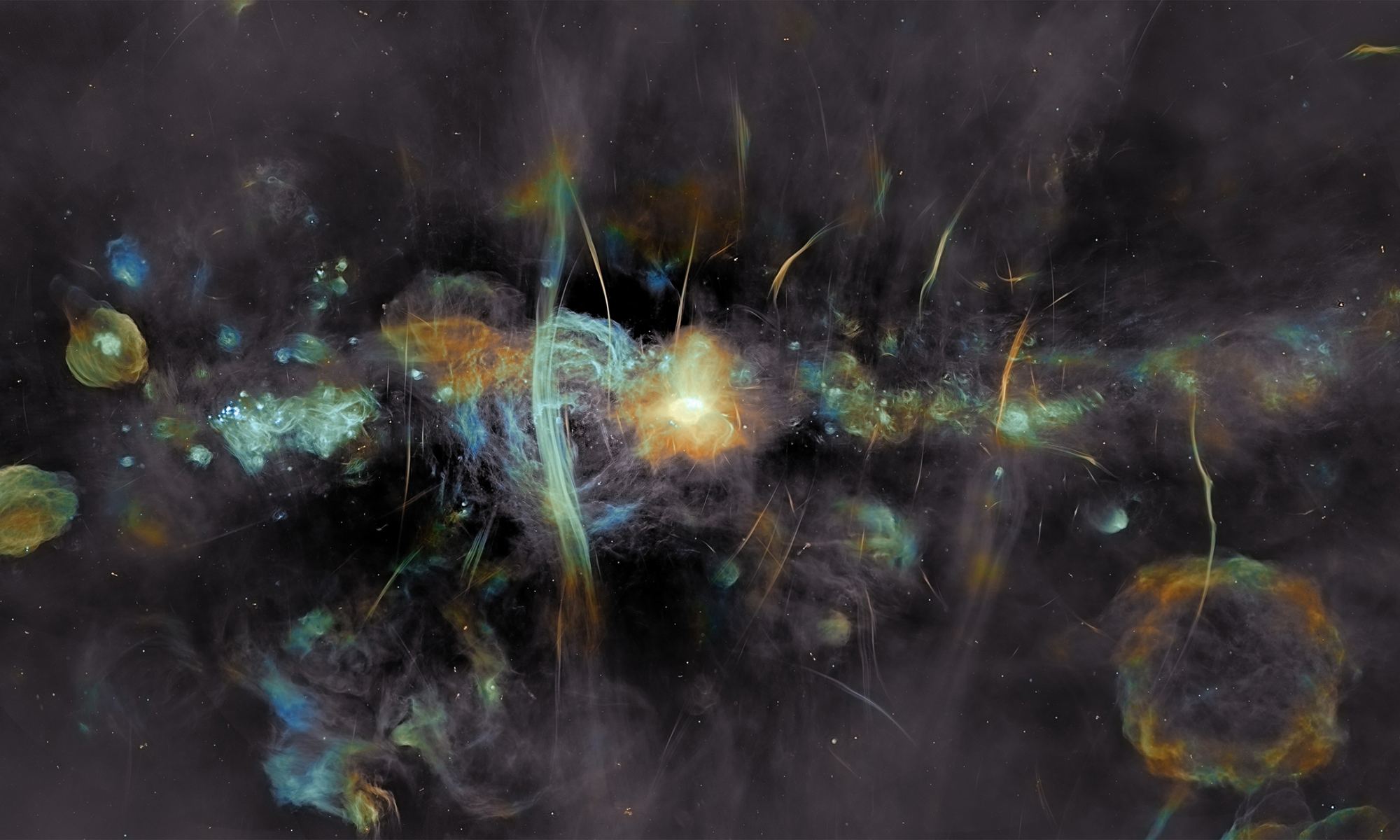
The inner 600 light years of our galaxy is a maelstrom of cosmic radiation, turbulent swirling gas clouds, intense star formation, supernovae, huge bubbles of radio energy, and of course a giant supermassive black hole. This bustling downtown of the Milky Way is a potential treasure trove of discovery but has been difficult to study as the galaxy’s central regions are obscured by dust and glaring radiation. But a new image of this region with unprecedented detail reveals more than we’ve ever seen before. We find some familiar objects like supernovae but also some mysterious structures – gaseous filaments dozens of light years long channeling electrons at near light speed.
Behold, the galaxy’s centre as never seen before:

A Supercomputer Gives Better Focus to Blurry Radio Images
With better computers comes more battery imagery. Or at least that’s true most of the time. Supercomputers are extraordinarily good at image processing, so it’s normally worth it when a new algorithm comes along that they can turn their attention to. That’s exactly what happened with an algorithm recently developed by Ph.D. student Frits Sweijen and his colleagues at Leiden University. They used several supercomputers’ image processing power to simulate and enhance the resolution of radio images captured by the International LOFAR telescope.
Continue reading “A Supercomputer Gives Better Focus to Blurry Radio Images”Astronomers Discover a Mysterious Star That Flashes Every 20 Minutes. But What is it?
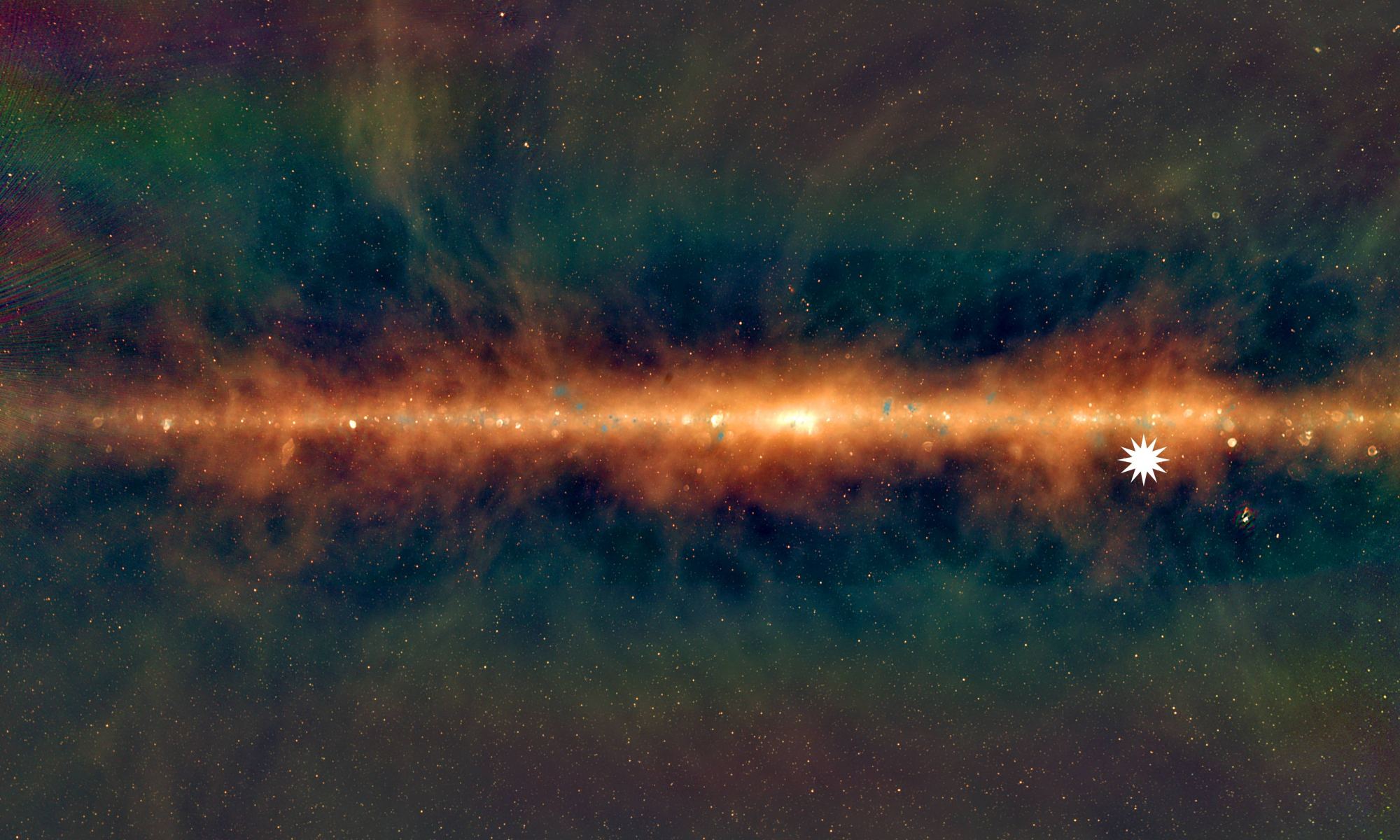
Just 4,000 light-years from Earth is a strange, star-sized object. It’s been observed by radio telescopes, but astronomers aren’t sure what it is. They call it a long period transient.
Continue reading “Astronomers Discover a Mysterious Star That Flashes Every 20 Minutes. But What is it?”Fast Radio Bursts can now be Tracked in Real-Time
Located in the Okanagan Valley outside of Penticton, British Columbia, there is a massive radio observatory dedicated to observing cosmic radio phenomena. It’s called the Canadian Hydrogen Intensity Mapping Experiment (CHIME), a cylindrical parabolic radio telescope that looks like what snowboarders would call a “half-pipe.” This array is part of the Dominion Radio Astrophysical Observatory (DRAO), overseen by the National Research Council (NRC).
Originally, the observatory was meant to detect radio waves from neutral hydrogen gas in the early Universe. Today, it is used for other objectives, such as detecting and studying Fast Radio Bursts (FRBs). Since it became operational, CHIME scientists have been busy sorting through terabytes of data to pinpoint signals, often finding several in a single day. To assist with all this data-mining and coordinate CHIMEs efforts with other facilities worldwide, scientists from McGill University have developed a new system for sharing the enormous amount of data CHIME generates.
Continue reading “Fast Radio Bursts can now be Tracked in Real-Time”Twin Stars Prove Einstein at Least 99.99% Right

More than a hundred years have passed since Einstein formalized his theory of General Relativity (GR), the geometric theory of gravitation that revolutionized our understanding of the Universe. And yet, astronomers are still subjecting it to rigorous tests, hoping to find deviations from this established theory. The reason is simple: any indication of physics beyond GR would open new windows onto the Universe and help resolve some of the deepest mysteries about the cosmos.
One of the most rigorous tests ever was recently conducted by an international team of astronomers led by Michael Kramer of the Max Planck Institute for Radio Astronomy (MPIfR) in Bonn, Germany. Using seven radio telescopes from across the world, Kramer and his colleagues observed a unique pair of pulsars for 16 years. In the process, they observed effects predicted by GR for the first time, and with an accuracy of at least 99.99%!
Continue reading “Twin Stars Prove Einstein at Least 99.99% Right”M87’s Supermassive Black Hole is Spewing out a Spiraling jet of Material
Patterns in nature often occur in more than one place. Spirals, symmetry, and chaos all impact natural phenomena, from the shape of a shell to the course of a river. So it shouldn’t come as a surprise that one of the most famous and fundamental shapes from biology also appears in astrophysics. Yes, scientists have found a double-helix structure in the magnetic field of M87. And it looks just like a super enlarged DNA strand.
Continue reading “M87’s Supermassive Black Hole is Spewing out a Spiraling jet of Material”LOFAR Sees Strange Radio Signals Hinting at Hidden Exoplanets
LOFAR sees ‘exoplanet aurorae’ near distant red dwarf suns.
A powerful new method may help to detect exoplanets, via the aurorae they induce on their host star. The finding was announced recently from ASTRON’s Low Frequency Array radio telescope (LOFAR), based out of Exloo in the Netherlands, and sprawled across sites in Europe.
Continue reading “LOFAR Sees Strange Radio Signals Hinting at Hidden Exoplanets”

